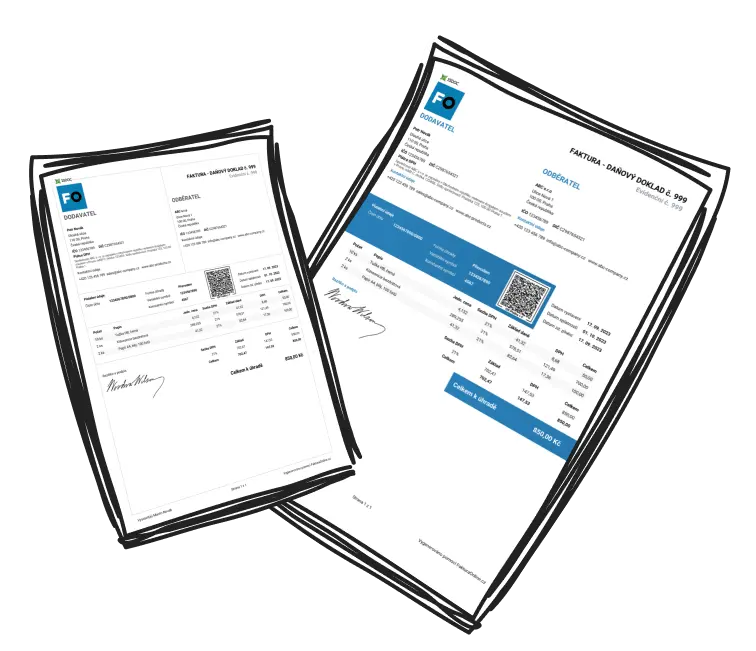Why is engaging in deep work so challenging in open office spaces?
Deep work is the ability to work with intense focus on cognitively demanding tasks, free from distractions. It enables individuals to produce high-quality work and solve complex problems. Open office spaces, however, are typically noisy, visually distracting, and lack privacy—challenging conditions for achieving this level of focus. By consciously establishing boundaries for attention, employees can still engage in meaningful productivity.
Deep Work vs. Shallow Work
Deep Work: Intense, focused effort on meaningful, complex tasks.
Shallow Work: Low-value tasks requiring minimal mental effort.
Strategies to Achieve Deep Work in Open Office Environments
Uncover why achieving deep work in an open office is more feasible than you think.
Although open offices are inherently distracting, deep work is achievable with the right steps. By combining personal habits with workspace enhancements, employees can create better focus conditions.
Use noise-canceling headphones: Minimize auditory distractions and signal to others you're in "focus mode."
Communicate boundaries: Clearly designate when you're unavailable for interruptions.
Utilize quiet corners or booths: Take advantage of isolation zones to escape distractions.
Structure your schedule: Coordinate "focus time" and collaborative periods with your team.
Embrace productivity tools: Apps like timers or website blockers can help you avoid digital interruptions.

Example:
An advertising agency introduced soundproof booths and quiet hours. Within weeks, employees reported completing tasks 30% faster during focus periods, thanks to reduced interruptions.
Effective Strategies for Encouraging Deep Work in Open Office Setups
Are there “hacks” to achieve deep work and stay laser-focused in a chaotic office?
Achieving deep work requires individuals and organizations to adopt deliberate methods:
Time-blocking focus periods: Allocate specific hours for uninterrupted work.
Announce focus times: Let coworkers know when you're in "deep work mode."
Leverage technology: Use apps to block distractors like social media or emails.
Redesign your workspace: Add sound masking, acoustic panels, or private zones.
Encourage asynchronous communication: Prioritize emails or shared platforms over live interruptions.
Adopt mindfulness techniques: Practices like meditation or prioritizing tasks can help sharpen focus.

Tip:
Small tools like desk flags or 'do not disturb' signs can help signal your focus time to colleagues without awkward conversations.
Why is deep work important in open office environments?
Understand the stakes of losing deep work focus in an open office environment.
Deep work is crucial for maintaining productivity and creativity amid open office distractions. Without focus, employees struggle to perform at their best and may experience burnout. Engaging in deep work leads to:
Higher-quality outputs: Tasks are completed with better accuracy and efficiency.
Enhanced creativity: Solutions for complex problems emerge when focus improves.
Reduced interruptions: Fewer errors result from context-switching.
Improved job satisfaction: Workers feel accomplished and less fatigued by reactive responses.
Employers who foster deep work also benefit from increased innovation and performance across teams.
A study found that workplaces emphasizing focus practices saw a 25% increase in employee satisfaction and a reduction in errors during high-stakes projects.

Challenges of Maintaining Deep Work in Open Office Spaces
Why the Open Office is a Battleground for Deep Work and Productivity.
Open office dynamics present obstacles that make deep focus difficult:
Noise and interruptions: Background chatter and ringing phones are constant challenges.
Lack of private spaces: Open layouts prevent cognitive separation of "focus zones."
Encouragement of multitasking: A culture of busyness reduces opportunities for immersion.
Pressure to be reachable: Employees feel obligated to respond instantly to messages.
Uncontrollable environments: Visual distractions and unpredictable interruptions persist.

While tools like Slack promote efficiency, constant notifications can overwhelm workers, pulling their attention away from critical tasks.
Conclusion – Building focus-friendly workplaces
Achieving deep work is possible with planning and intentionality.
By combining personal strategies with environmental improvements, even busy open offices can support productivity. Prioritizing focus sends a strong message: employees’ concentration and growth matter, ultimately cultivating happier workers and better results.


